Kipseli Architects builds a family home inspired by the Rubik’s Cube
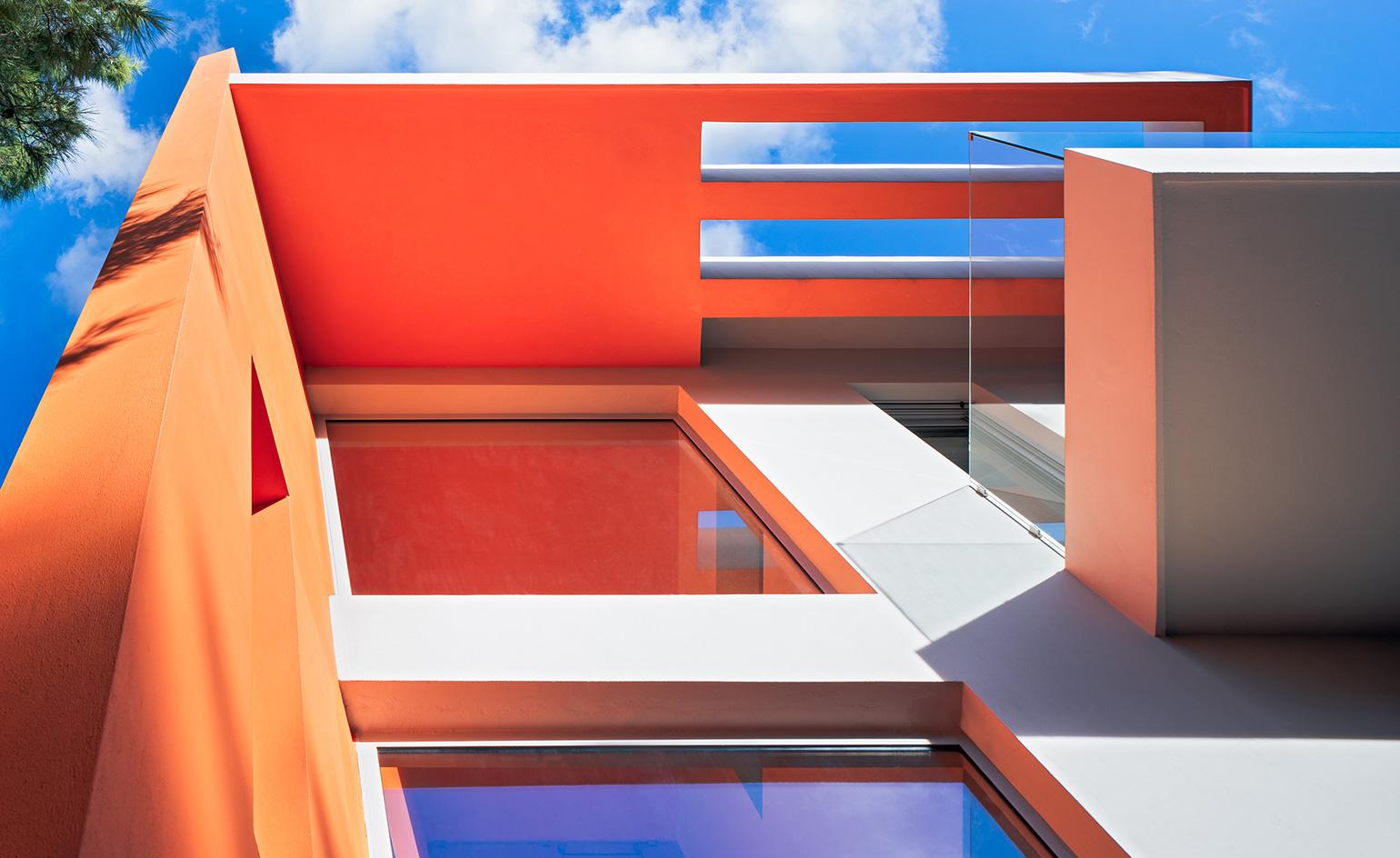
A new house built on a sloped plot of land in the north-eastern suburbs of Athens is a playful response to the classic Rubik’s Cube. Building the house with blocks of colour, Kipseli Architects added a whole new dimension to a tall family house on a narrow plot.
Inspired by the adventurous nature of her client, a young family man whose favourite film is Star Wars, Kipseli's principal Kirki Mariolopoulou designed a colourful spaceship that was fun, yet also functional.

Taking advantage of the sloping site, the ground and first floor, where the kitchen and living rooms are located, both open up to the outside
The house, with its eccentrically soaring atrium and expansive four-storey facade, provides the perfect canvas for an abundant use of an intense orange colour scheme, flooding a tropical warmth from the front door to the roof terrace. Pops of bright blue furniture, shiny red bathroom tiles and green and yellow walls in the bedrooms define moods and spark conversations throughout the home.
Using such vivid colours on this scale was a first for Mariolopoulou: ‘For me every new housing project is a new relationship. As we all know, every new relationship comes along with its unique experiences and challenges. The main challenge this time was how architecture can evolve through the abundant use of bold colours,’ she says.
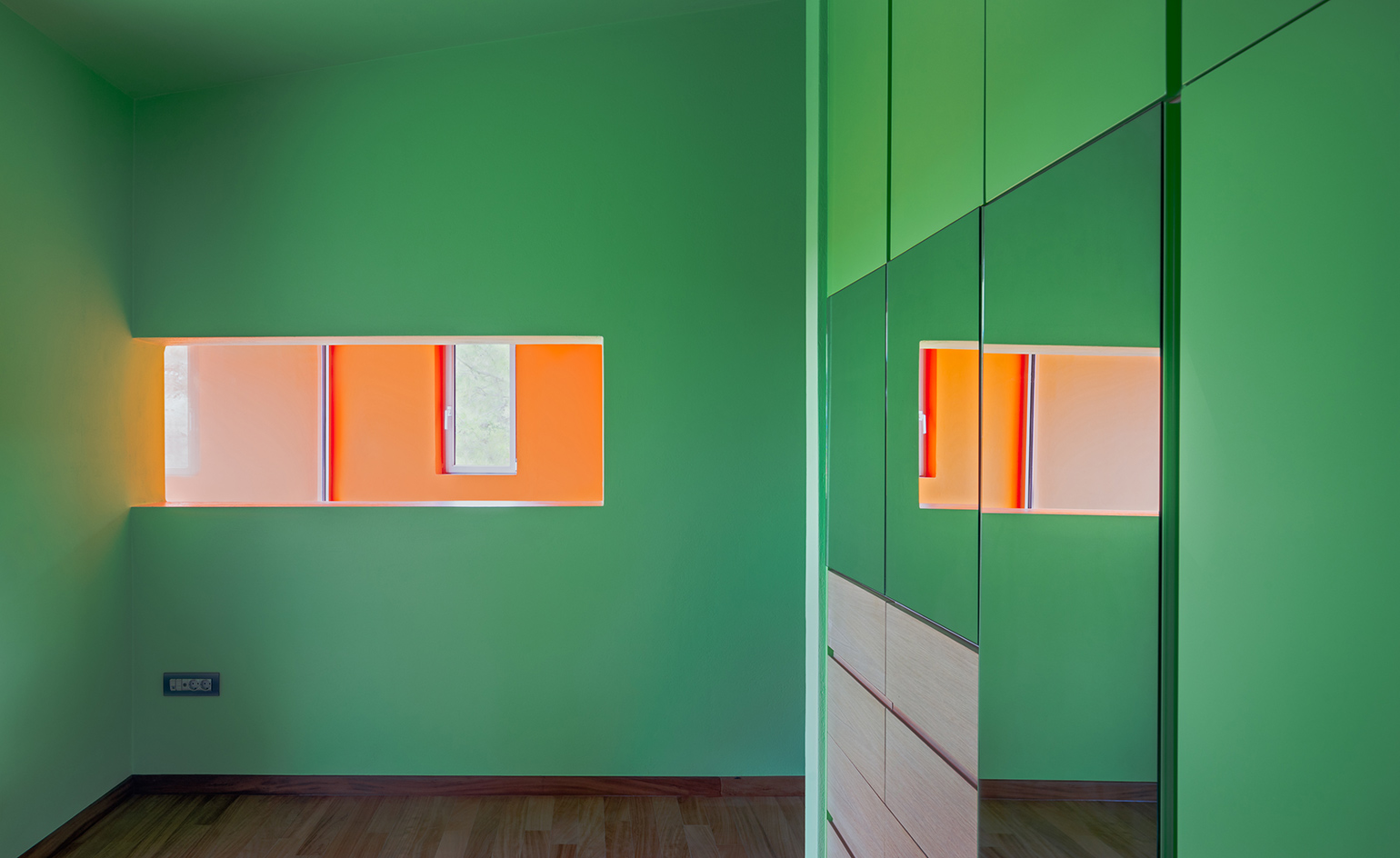
Using bright colours was an experiment for Kipseli principal Kirki Mariolopoulou, who wanted to find out how it would effect the architecture emotionally and physically
The architecture of the house is just as dynamic as the colours that adorns it. The narrow trapezium plot forced Mariolopoulou to think laterally, planning the house on a vertical axis and skewing the northern facade towards the west to catch the sun, extending it further to anchor the atrium and enclose the entrance and the stairway.
Floating wooden stairs were connected to a glass rail running up through the space, allowing for the reflection and flow of light and colour through the house. ‘The design feature that stands out the most for me is the staircase, which also affects the whole design quality of the house. The aim was to create a triangle-shaped lightweight staircase that is developed as the north wall unfolds to the side, like an experiential sculpture piece,’ says Mariolopoulou.
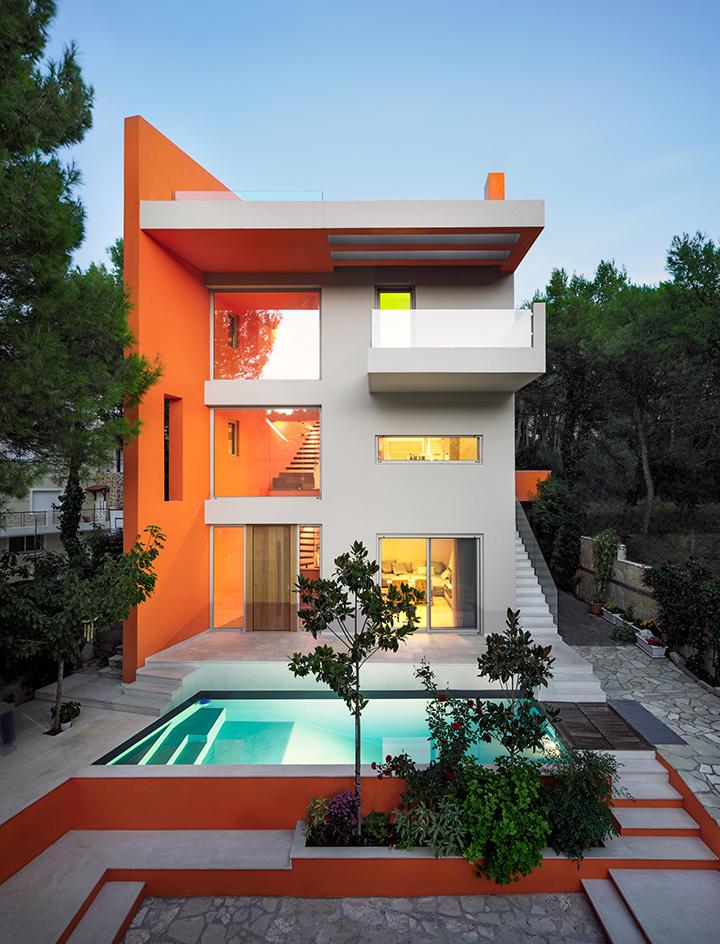
The house reflects the playful personality of the client, a young family man who loves Star Wars and Rubik’s Cubes
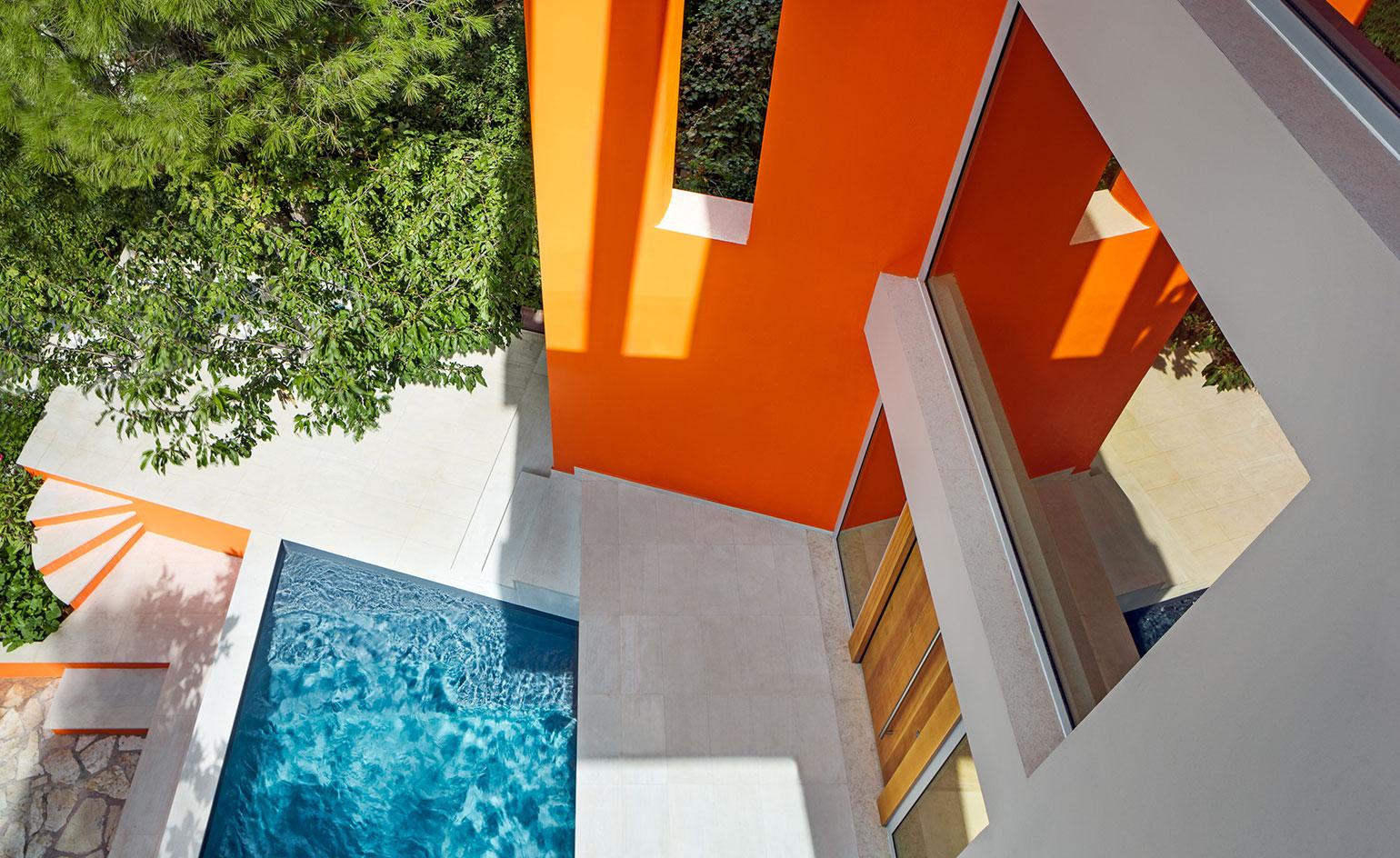
The colours of a Rubik’s Cube – white, blue, green, red, yellow and orange – were selected by the architects for use across the exterior and interior of the house
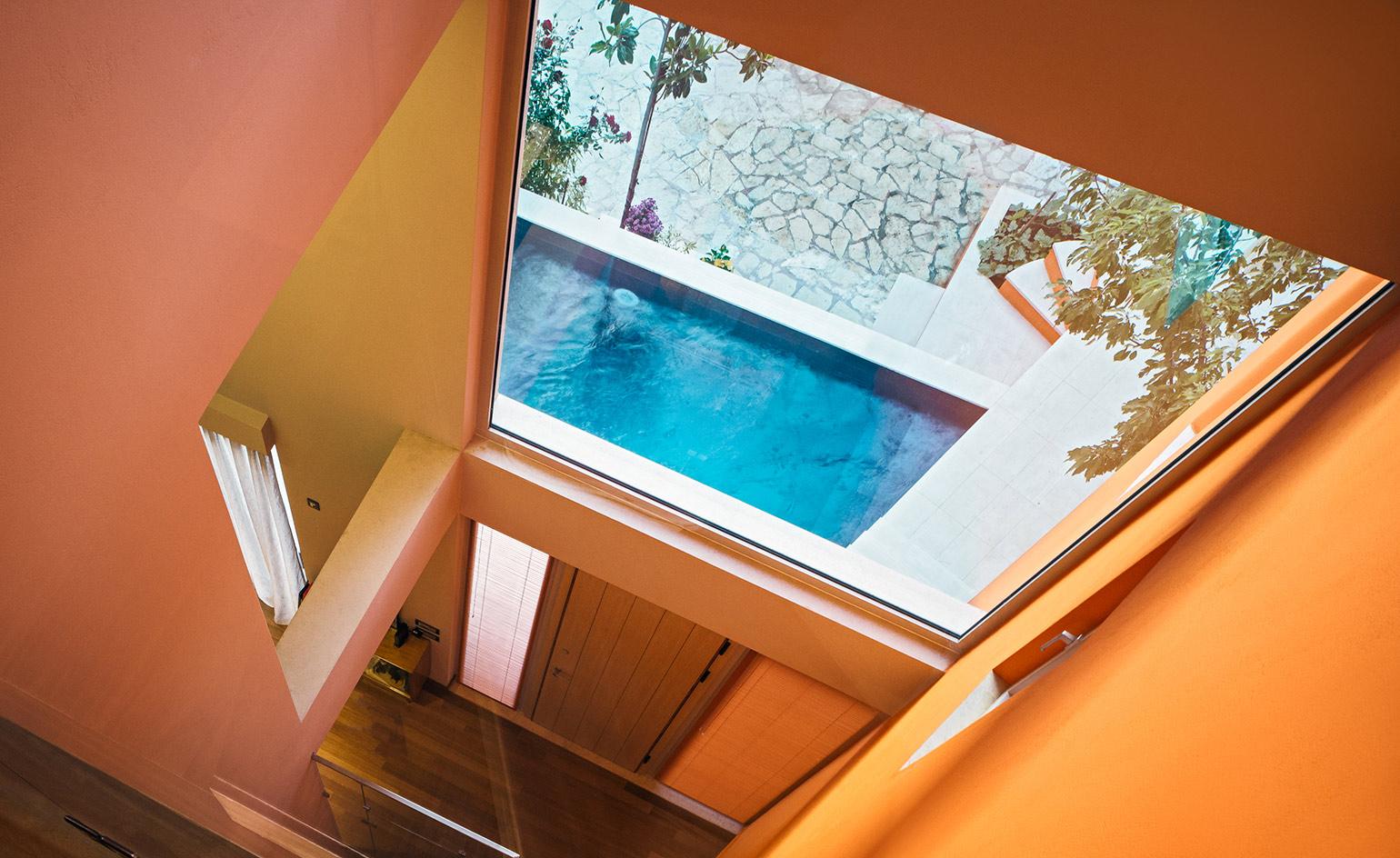
The dominant colour is a soft and energising tropical orange which occupies the central atrium and external walls of the house
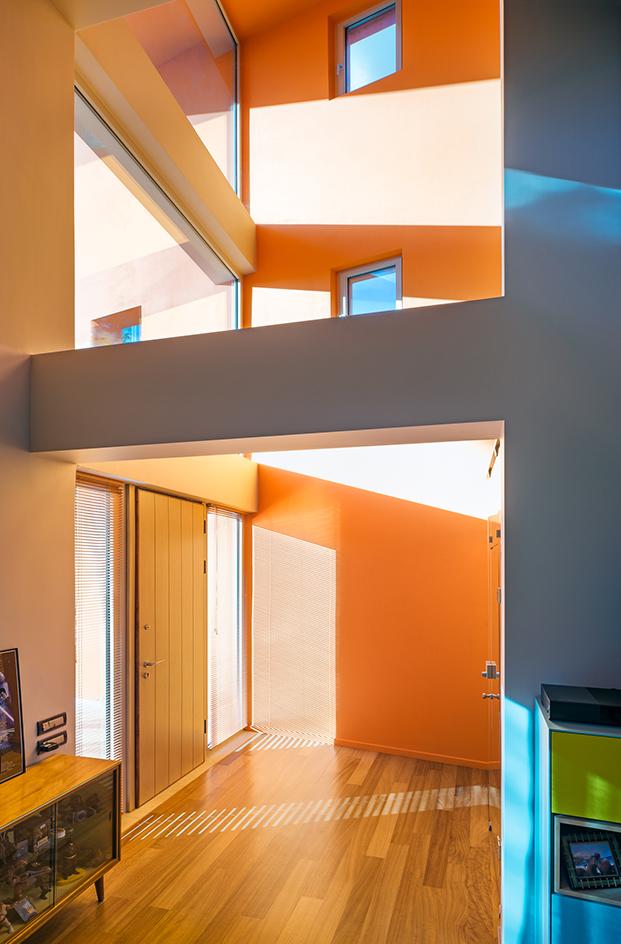
The architects extended the northen facade to open up space for the atrium and the entrance way, allowing this part of the house to become a focal point

The glass stair rails allow light to circulate throughout the house
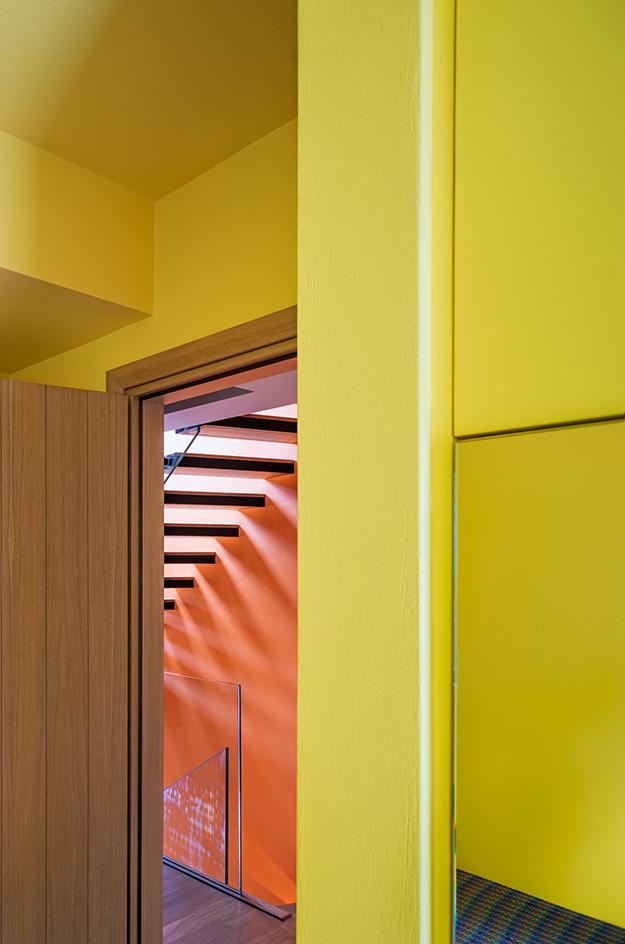
The bedrooms are painted in yellow and green
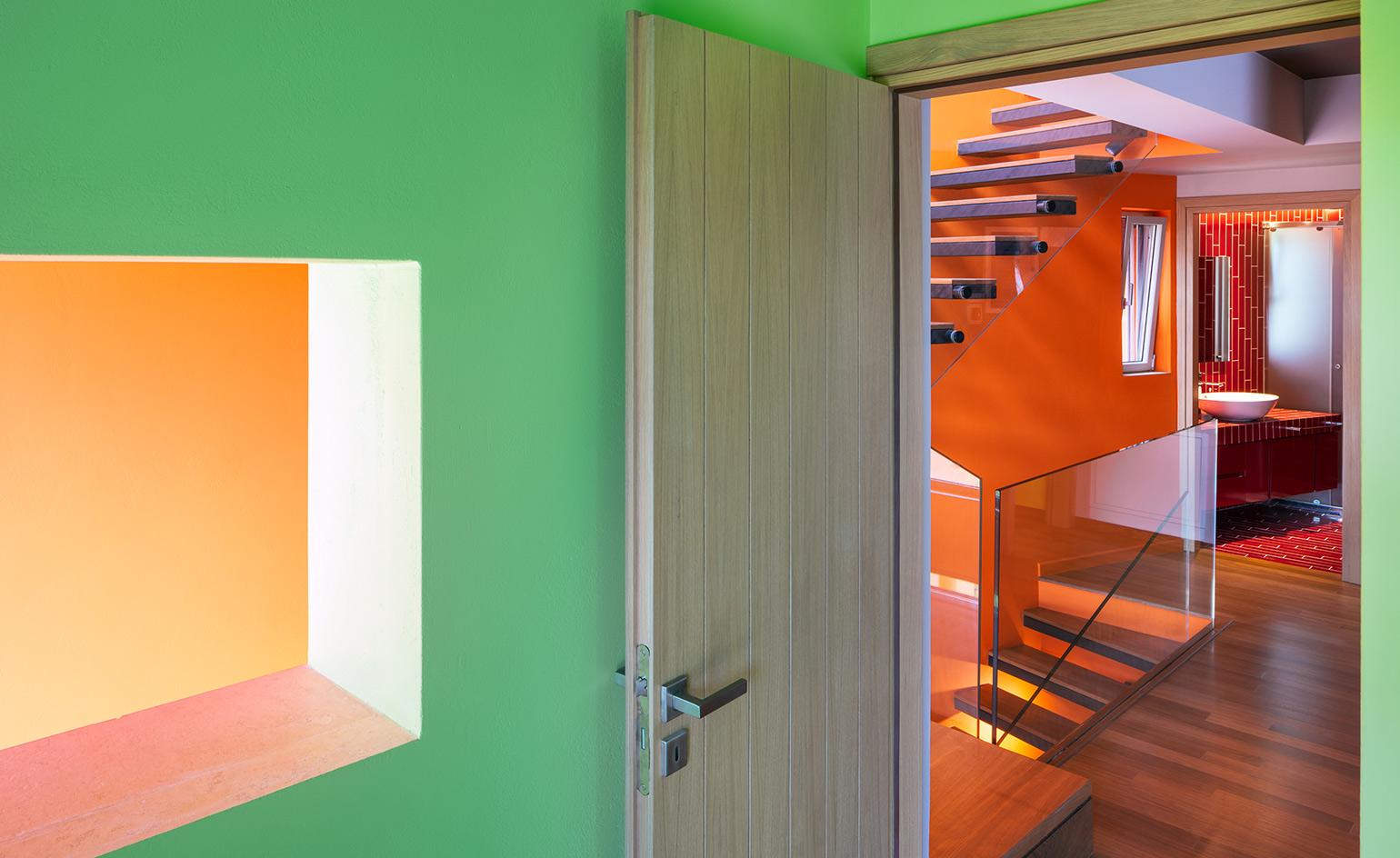
The bedrooms are on the second floor along with a small playroom; the master bedroom is on the top floor, connected to the roof terrace
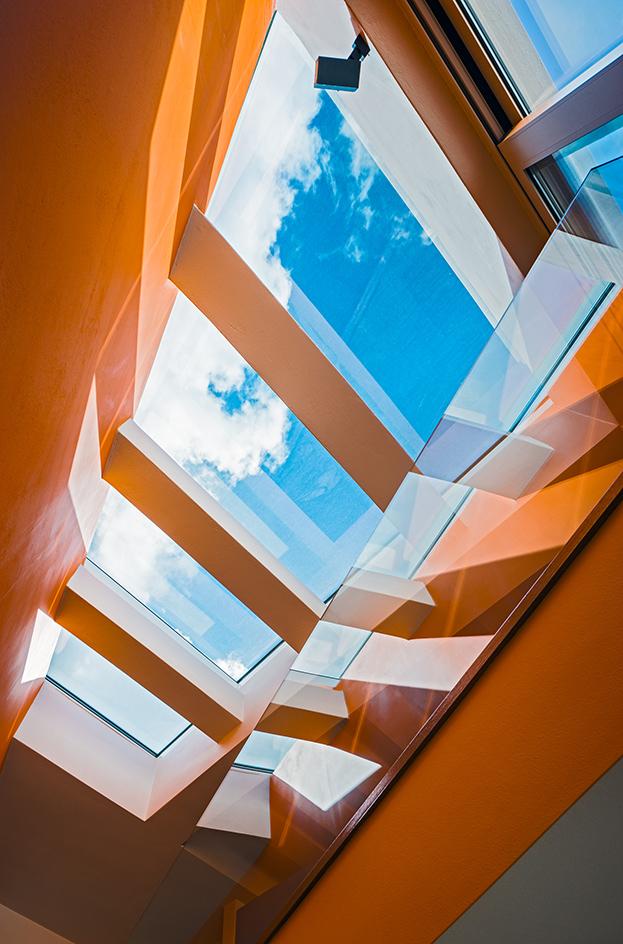
The graphic quality of the architectural details assimilate with the colourful vocabulary of the house
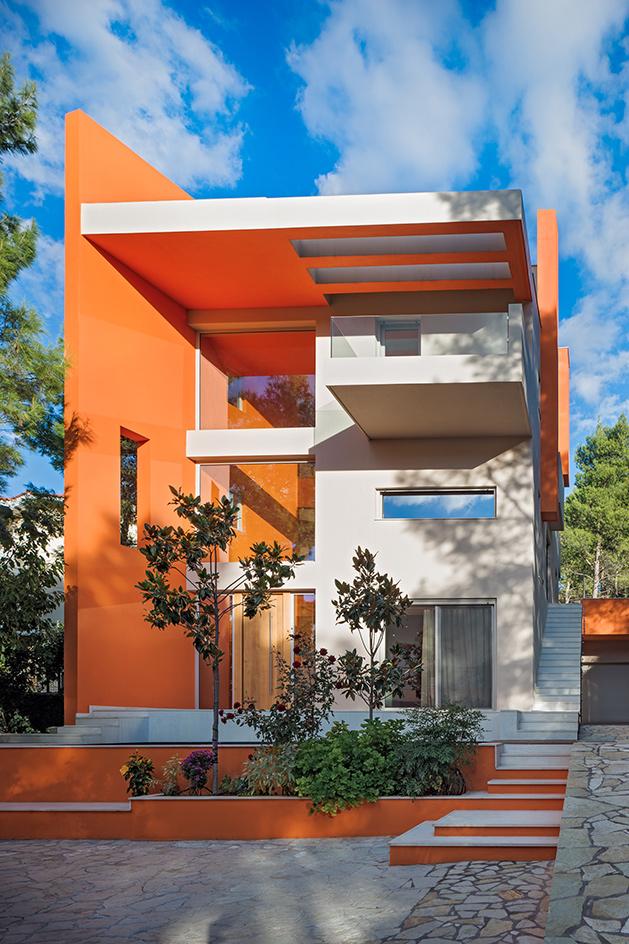
'The main challenge this time was how architecture can evolve through the abundant use of bold colours,’ says Mariolopoulou
INFORMATION
For more information, visit the Kipseli Architects website
Receive our daily digest of inspiration, escapism and design stories from around the world direct to your inbox.
Harriet Thorpe is a writer, journalist and editor covering architecture, design and culture, with particular interest in sustainability, 20th-century architecture and community. After studying History of Art at the School of Oriental and African Studies (SOAS) and Journalism at City University in London, she developed her interest in architecture working at Wallpaper* magazine and today contributes to Wallpaper*, The World of Interiors and Icon magazine, amongst other titles. She is author of The Sustainable City (2022, Hoxton Mini Press), a book about sustainable architecture in London, and the Modern Cambridge Map (2023, Blue Crow Media), a map of 20th-century architecture in Cambridge, the city where she grew up.
-
 Nina Christen is the designer behind fashion’s favourite – and most playful – shoes
Nina Christen is the designer behind fashion’s favourite – and most playful – shoesShe’s created viral shoes for Loewe and Dior. Now, the Swiss designer is striking out with her own label, Christen
-
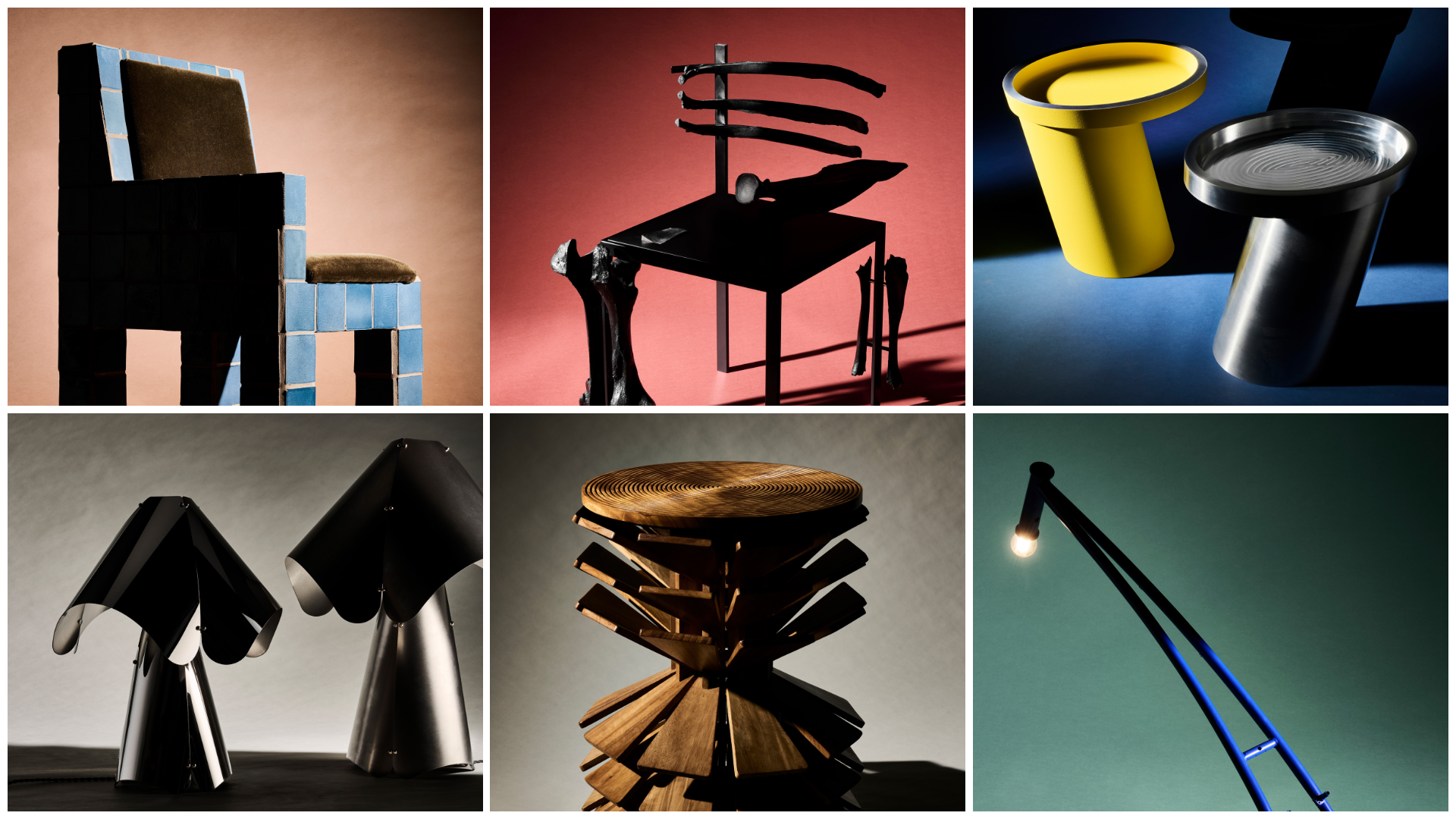 These are the 12 emerging designers we are excited to follow into 2026
These are the 12 emerging designers we are excited to follow into 2026These are the designers to watch for 2026: from unpredictable glassmakers to furniture designers working with bones, textile artists exploring ancient techniques and makers giving new life to mundane tools
-
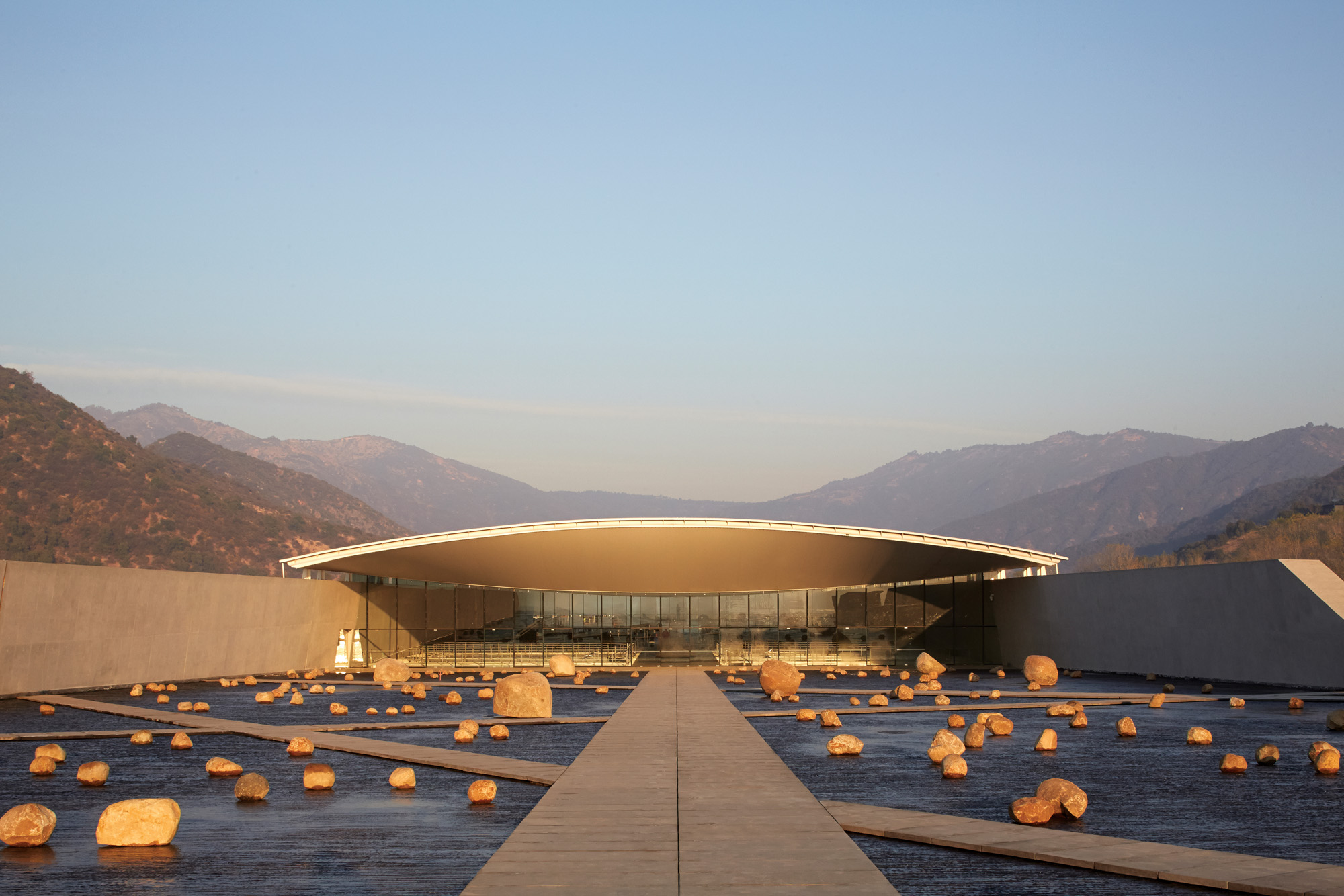 Traditional methods underpin Smiljan Radic's designs: 'I am not a creator of new shapes'
Traditional methods underpin Smiljan Radic's designs: 'I am not a creator of new shapes'Smiljan Radic is building a reputation with fabric roofs, fake ruins and a supporting cast of boulders; we visit a story from the Wallpaper* archives, exploring the architect's work, from a Chilean winery to London’s 2014 Serpentine Pavilion
-
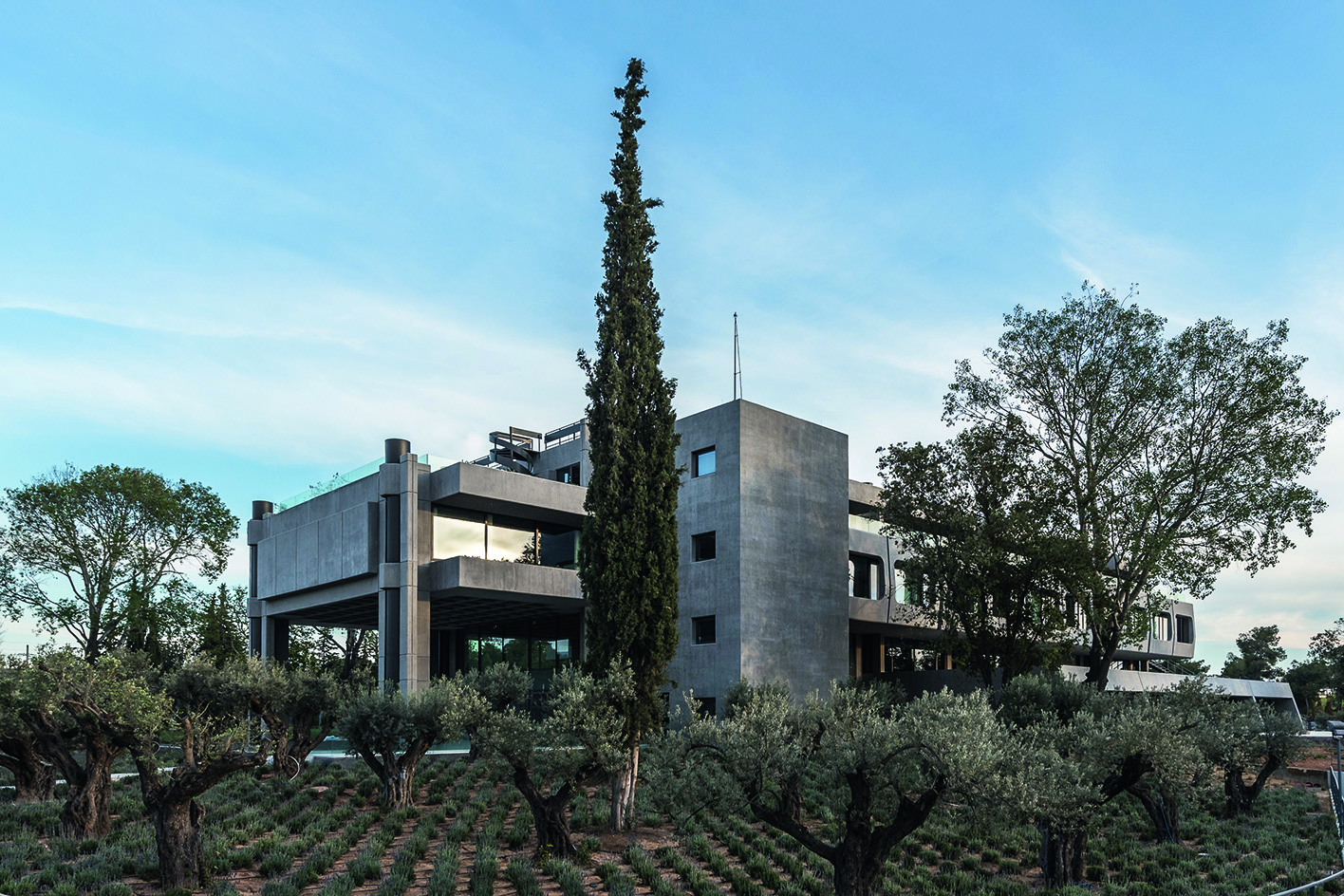 A Greek brutalist gem wows with its reimagining in Athens
A Greek brutalist gem wows with its reimagining in AthensAthens architect Georges Batzios squares up to the renovation of a landmark Greek brutalist office block in the capital's suburbs; we revisit a story from the Wallpaper* archive
-
 Tour an Athens penthouse – its designers’ own ‘house in the sky’
Tour an Athens penthouse – its designers’ own ‘house in the sky’This penthouse by Block722 is the architecture studio founders' own home and shows off impeccable detailing and dreamy, airy vibes
-
 Explore a refreshed Athens apartment full of quirk and midcentury character
Explore a refreshed Athens apartment full of quirk and midcentury characterA 1960s Athens apartment is revived by architects Aspassia Mitropapa and Christina Iliopoulou, who elegantly brought its midcentury appeal to the 21st century
-
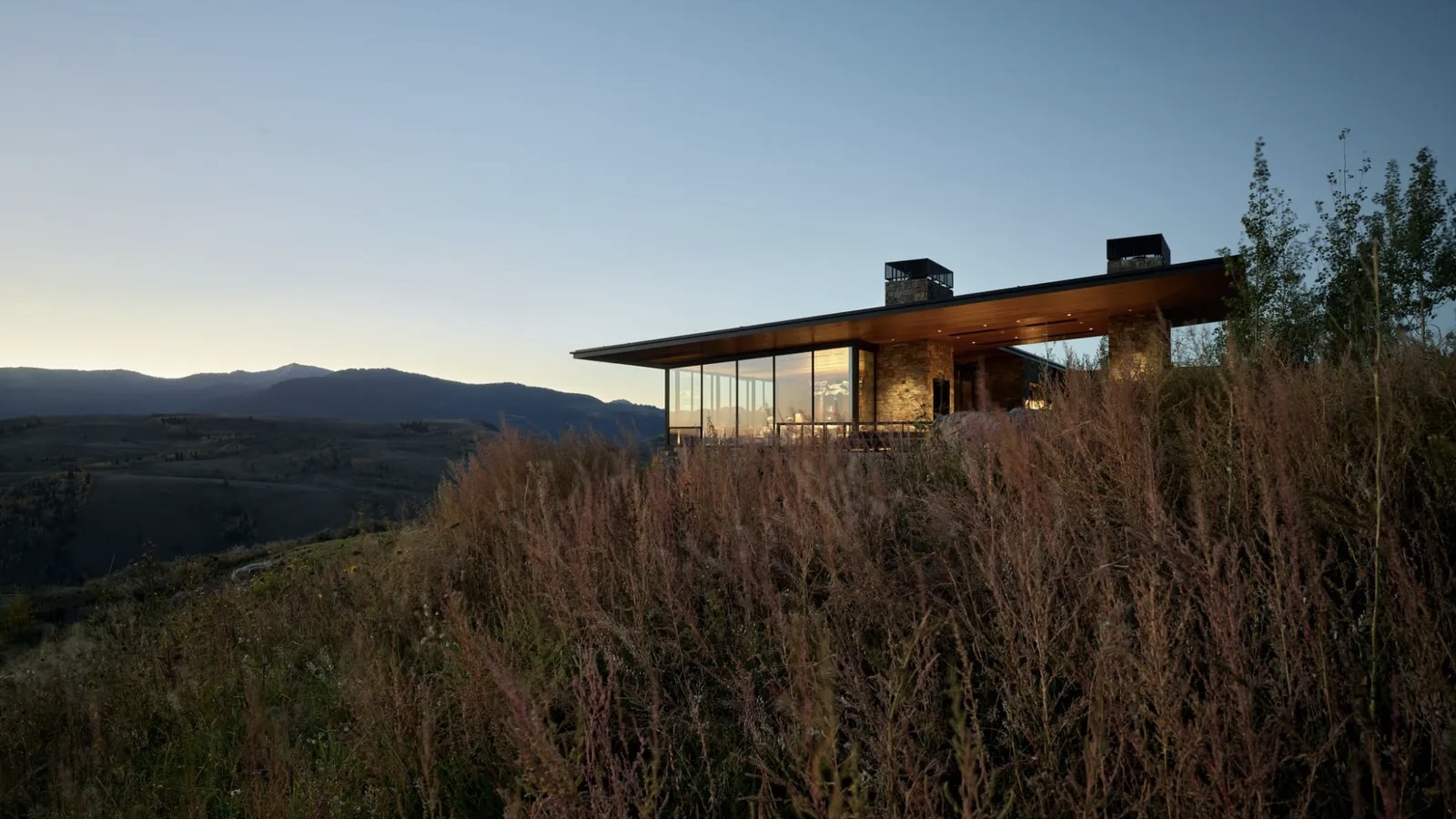 The Architecture Edit: Wallpaper’s favourite July houses
The Architecture Edit: Wallpaper’s favourite July housesFrom geometric Japanese cottages to restored modernist masterpieces, these are the best residential projects to have crossed the architecture desk this month
-
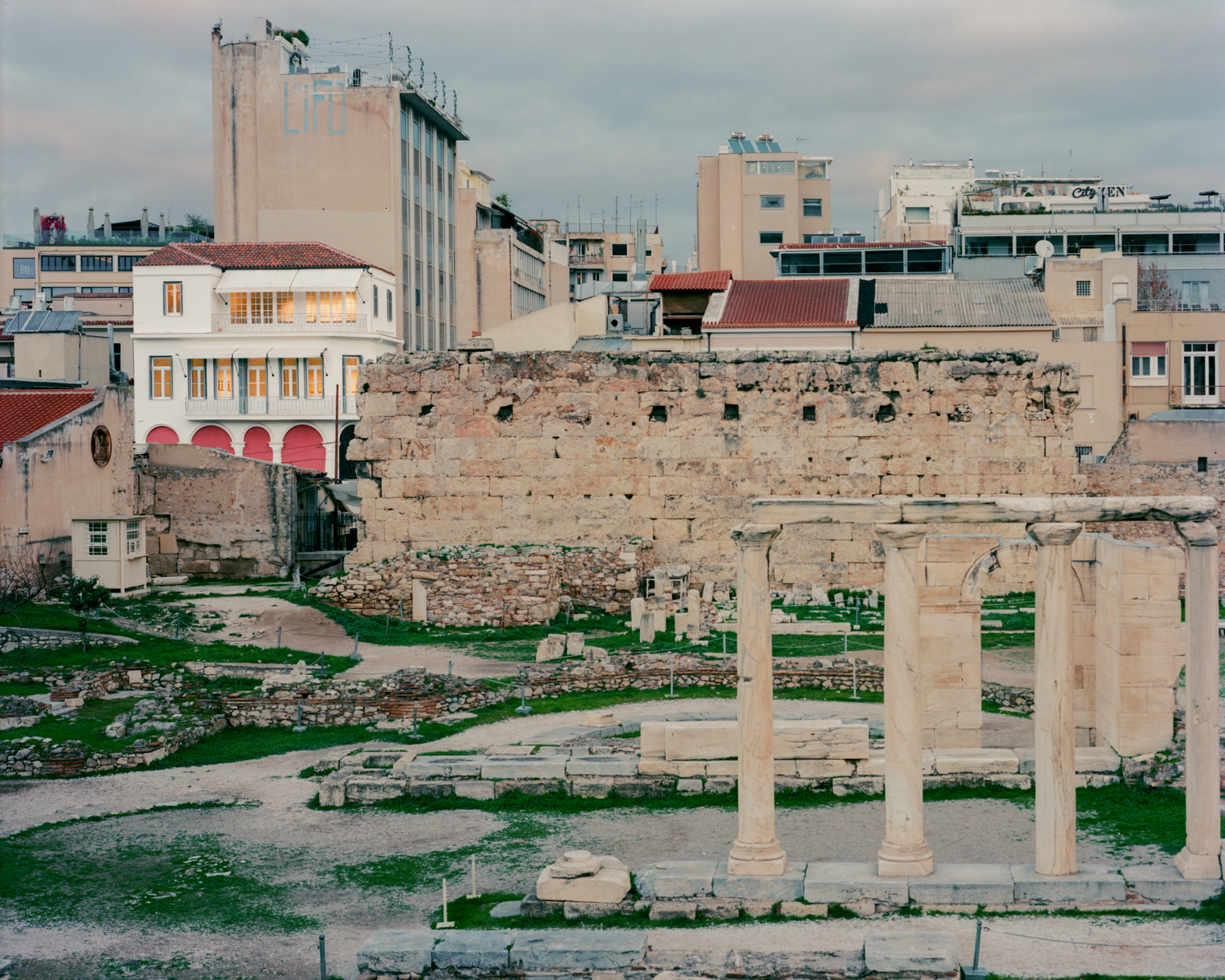 A new Athens gallery is a celebration of old and new, a stone's throw from the Acropolis
A new Athens gallery is a celebration of old and new, a stone's throw from the AcropolisNew Athens gallery Melas Martinos by Local Local is a contemporary art space, a stone's throw from the Acropolis, in the Greek capital's Monastiraki neighbourhood
-
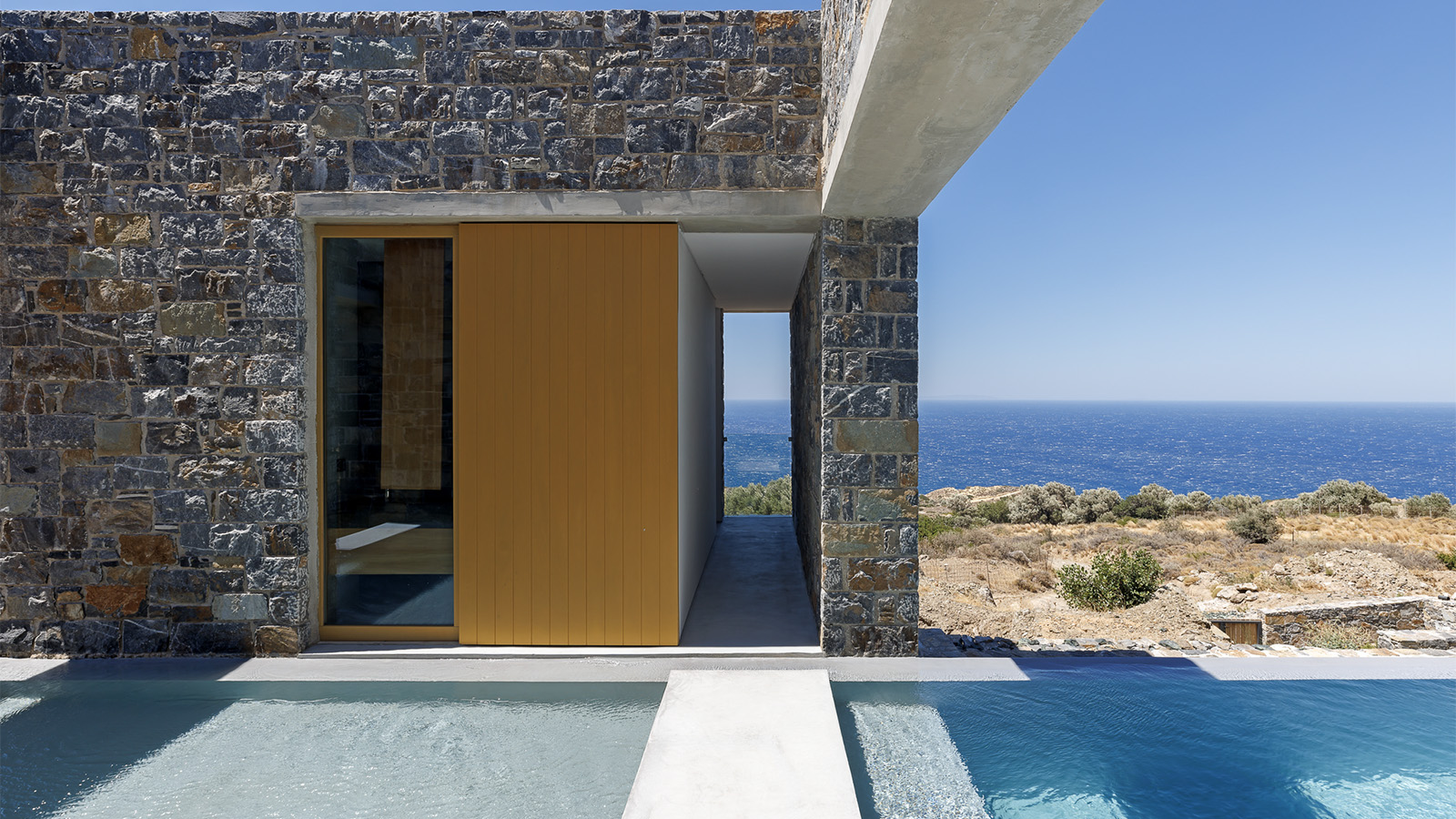 A clifftop Rethymno house tells a story, framing views as far as the Libyan Sea
A clifftop Rethymno house tells a story, framing views as far as the Libyan SeaThis house in the Rethymno region of Crete, designed by architects Gkotsis Serafimidou, is rich in local and natural materials – an oasis at which to disconnect
-
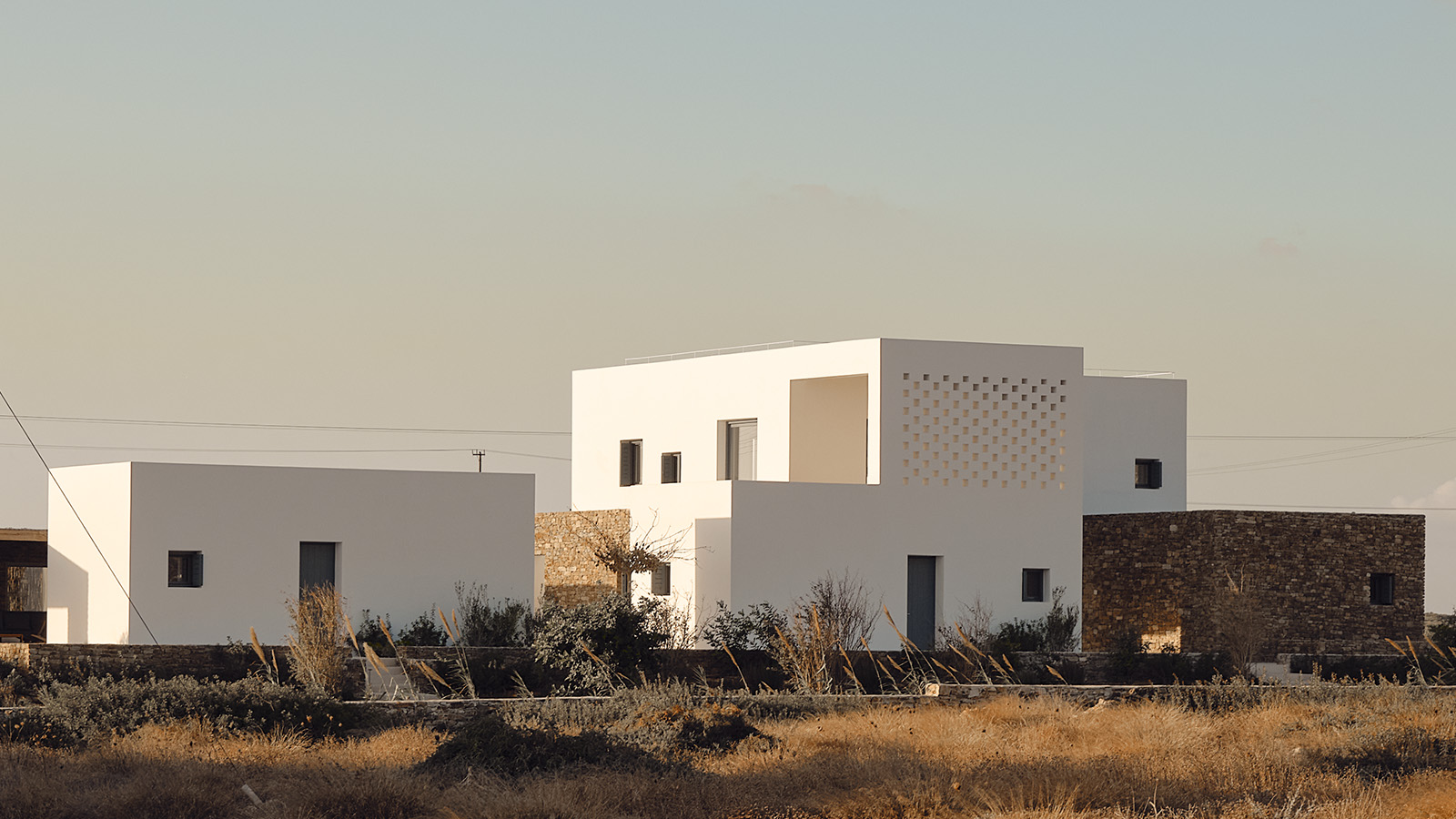 A retro video game is the unlikely inspiration for this island house in Greece
A retro video game is the unlikely inspiration for this island house in GreeceDesigned by ARP, this island house on Antiparos is a contemporary Cycladic home inspired by Tetris
-
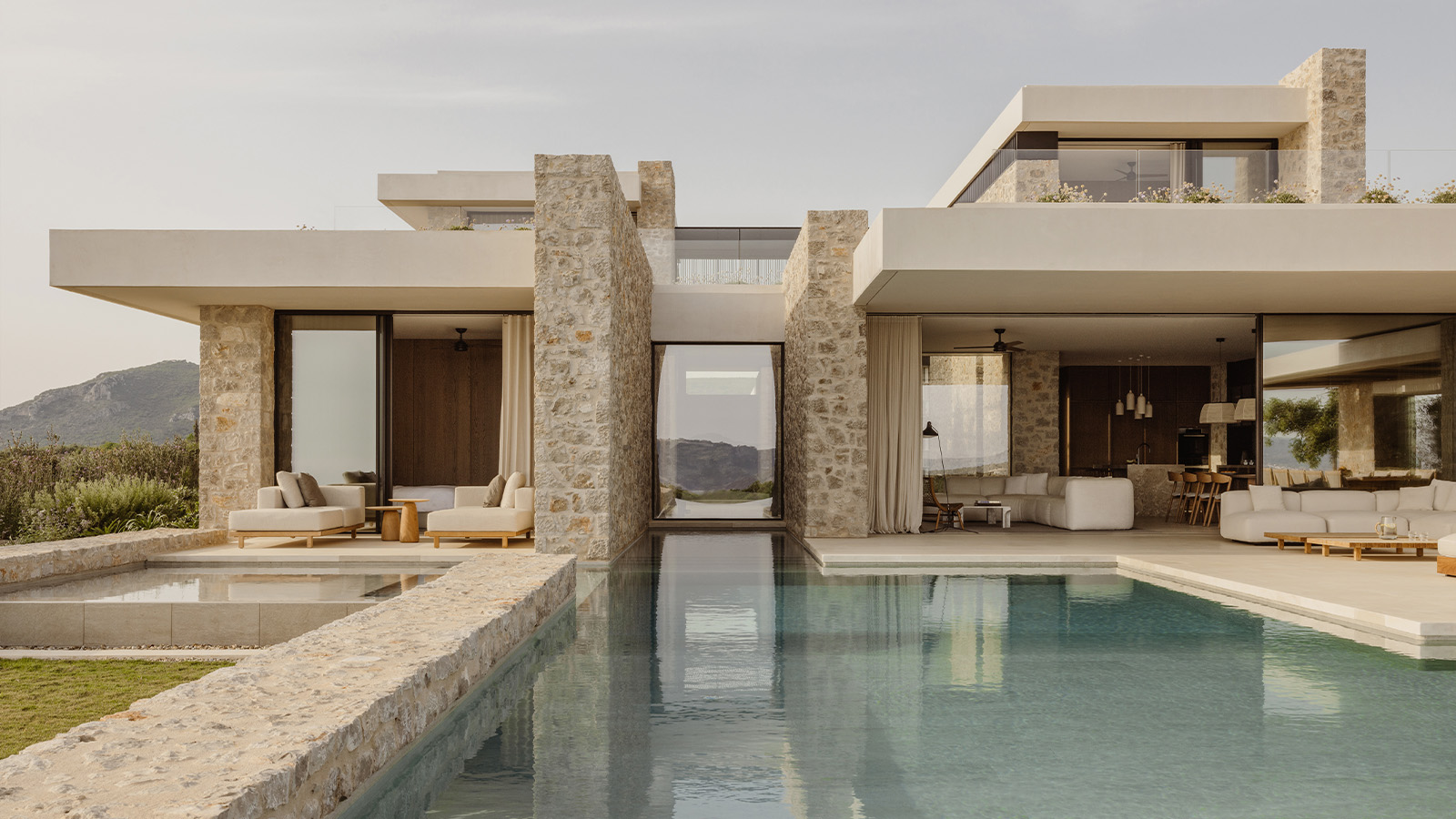 A Costa Navarino house peeks out from amidst olive groves to ocean views
A Costa Navarino house peeks out from amidst olive groves to ocean viewsThis Greek holiday residence designed by K-Studio balances timeless design principles with modernist touches